Exercise1: Lilypad
- Connect the sensor to the lilypad and read the sensor values
Follow the same circuit as in the last exercise and remember to connect the sensor with a 10k ohm resistor in series to protect it from short circuit.
- Connect the neopixels to the lilypad
+5V: connected to the positive pole of the lilypad
GND: connected to the negative pole of the lilypad
DIN (data input): connected to the pin of the lilypad
- Program the neopixels
Download the Adafruit neopixels library in Arduino
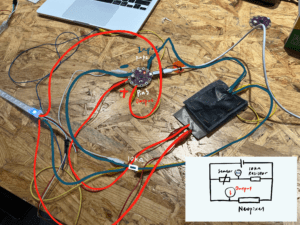
Exercise2: Micro: bit
Two micro: bits: connected to 2 computers, one for sending signal and one for receiving signal (here lilypad is replaced by the two micro: bits)
- Connect the sensor to the first micro: bit
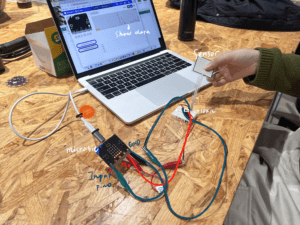
- Connect the neopixels to the second micro: bit
p.s. make sure the two codes are using the same radio set group number
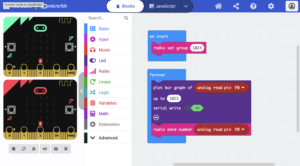
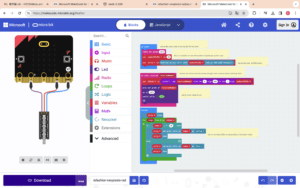
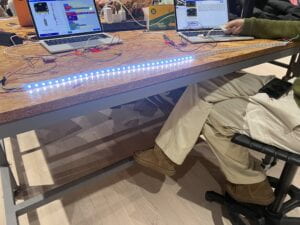
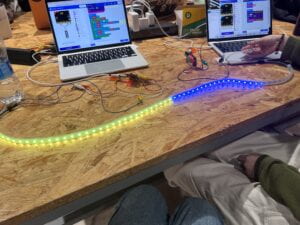
Animal Communication
Baleen whales sing to communicate. Since light and odors don’t travel well in the water, communication underwater is challenging, and that is probably why marine animals mostly rely on sound to communicate with each other. Specifically, baleen whales, with a U-shaped fold of tissue and laryngeal sacs, their sound could resonate in the sacs like choir singing. More fascinatingly, whale songs have patterns composed of units like moans, cries, and chirps so that they create beautiful melodies. The singers are usually males and they sing during the mating season, thus scientists speculate that baleen whales sing to mark their territory and be more attractive. However, the oceans are getting noisier as a result of human activities like military sonar, underwater construction, seismic surveys for oil and so on. When human noise is too loud, whales are observed to reduce their singing. A survey indicates that the week or so after 9/11 when all transport was stopped, whales and dolphins’ stress level decreased dramatically.
Inspired by this, I think about making a wearable that simulates the respiratory system of baleen whales, for example, designing a U-shaped choker and connecting it with neopixels wrapped around the chest. Whenever the wearer breathes, sound comes out from the choker and the lights are lit up based on the intensity of breath. A sensor can be attached to the back of the wearer to detect noise around. When the noise reaches a specific level, it’s getting harder for the choker to make sound and it tightens the wearer’s neck, indicating the danger that human activities are putting whales on.
